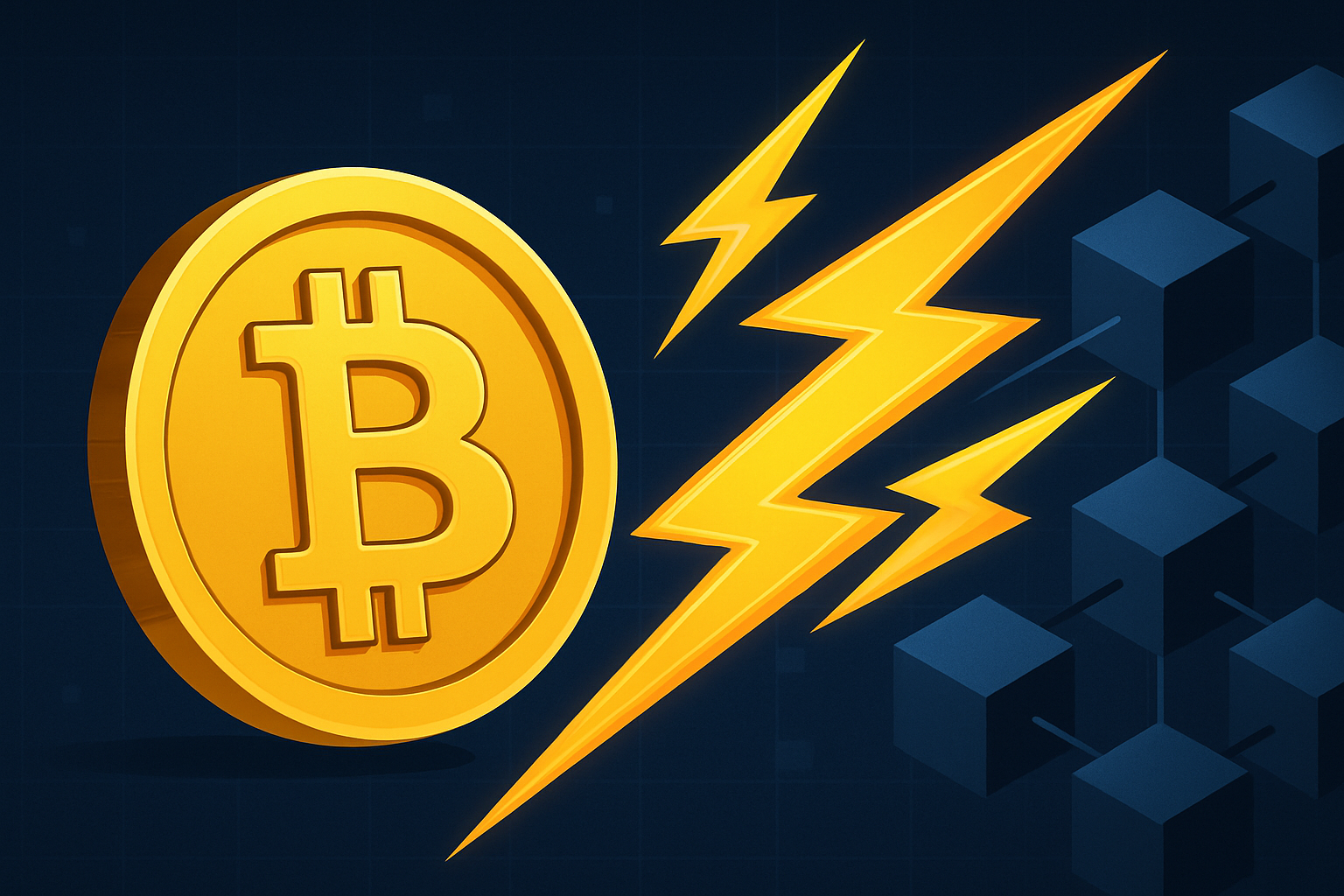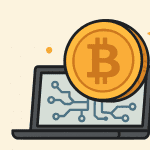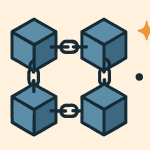The Lightning Network is a technology that helps make Bitcoin faster and cheaper to use. If you’ve ever tried sending Bitcoin, you might have noticed two problems:
-
Transactions can take a long time.
-
The fees can be high.
The Lightning Network was created to solve these problems. In this article, we’ll explain what it is, how it works, and why it’s important — in simple terms for beginners.
Contents
Why Does Bitcoin Need Help?
Bitcoin is great for sending money without banks. But the original Bitcoin network is slow because it can only handle about 7 transactions per second.
That might sound okay, but when lots of people use Bitcoin at once, the network gets congested, and:
-
Transactions take longer
-
Fees go up
This makes it hard to use Bitcoin for everyday things like buying coffee or sending small payments.
What Is the Lightning Network?
The Lightning Network is a “Layer 2” solution for Bitcoin. That means it’s built on top of the Bitcoin blockchain, not inside it.
It helps by:
-
Handling small and fast payments off-chain
-
Reducing congestion on the main Bitcoin network
-
Lowering fees for users
The Lightning Network doesn’t replace Bitcoin — it works with it to make it better.
How Does It Work?
Here’s a simple example:
-
Two people open a payment channel
Imagine Alice and Bob want to send Bitcoin to each other often. They can open a Lightning payment channel. -
They lock Bitcoin in the channel
Both put some Bitcoin into a shared wallet (a smart contract). -
They send money back and forth instantly
All the transactions happen off-chain — fast, with almost no fees. -
They close the channel when done
Only the final balance is sent to the main Bitcoin blockchain.
This method reduces the number of transactions that need to go on the Bitcoin chain.
Why Is It Called “Lightning”?
It’s called Lightning because it’s fast — much faster than regular Bitcoin transactions. Payments can happen in seconds or less, which is great for real-world use like shopping or tipping.
Benefits of the Lightning Network
✅ Fast transactions — no waiting for confirmations
✅ Low fees — great for small payments
✅ Scalable — handles thousands of payments per second
✅ Private — fewer details are stored on the public blockchain
✅ Ideal for daily use — like paying at a store or splitting a bill
Real-World Uses
The Lightning Network is already being used around the world. Some examples:
-
El Salvador — the first country to adopt Bitcoin as legal money uses the Lightning Network in shops and restaurants.
-
Wallets like Strike, BlueWallet, and Muun support Lightning payments.
-
Online tipping and micro-payments — great for sending a few cents or dollars instantly.
Even some businesses and websites now accept Lightning payments to save money and time.
Are There Any Risks?
Yes, there are some things to be aware of:
❌ Still growing — Lightning is new and evolving
❌ Needs technical knowledge — setting up a node or channel can be tricky
❌ Not all wallets support it — make sure your wallet is Lightning-compatible
❌ Offline channels — if someone is offline for a long time, disputes can be harder to resolve
But for regular users using trusted apps, the experience is getting easier every day.
How to Use the Lightning Network
You don’t need to be a tech expert to try Lightning. Here’s how to start:
-
Download a Lightning wallet
Examples: Muun, BlueWallet, Phoenix, Wallet of Satoshi -
Fund your wallet with Bitcoin
You can send regular Bitcoin, and some wallets will automatically convert it to Lightning. -
Start sending or receiving
Try sending a small amount to a friend, website, or app that accepts Lightning.
Final Thoughts
The Lightning Network is making Bitcoin better by solving its biggest problems: speed and fees.
It’s still new and growing, but it’s already being used for real payments around the world. As the network improves, it could help Bitcoin become a true everyday currency — not just digital gold.
If you’re interested in crypto and want to explore how fast and cheap Bitcoin can be, give the Lightning Network a try. It’s a big step forward in the world of digital money.




